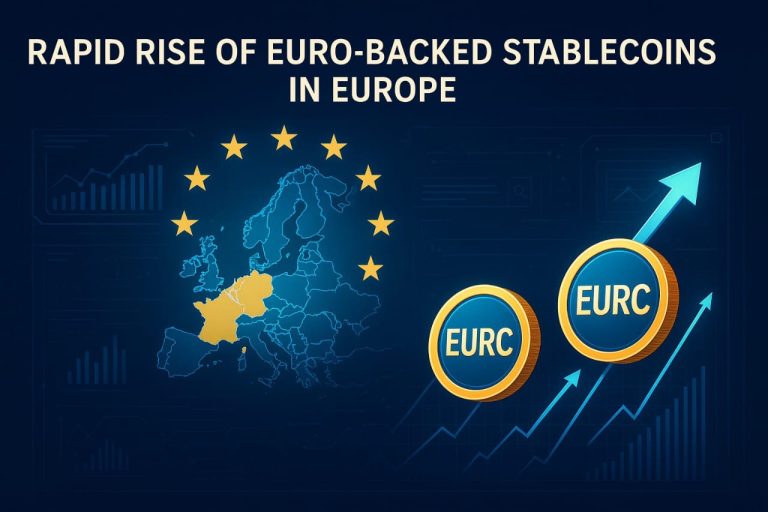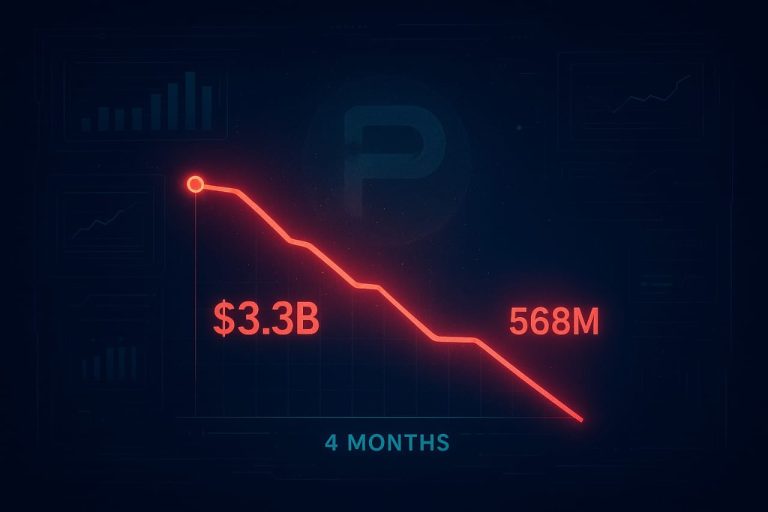
Smart Homes and Smart Living: The Technological Transformation of European Homes by 2025
Smart Homes and Smart Living is revolutionizing the way we live, work, and interact with our living spaces. The European home is undergoing a significant transformation, driven by technological advancements and changing lifestyles. By 2025, European homes are expected to be smarter, more efficient, and more connected than ever before.
Introduction to Smart Homes and Smart Living
Smart homes and smart living refer to the integration of technology and automation in residential buildings to create a more comfortable, convenient, and sustainable living environment. This includes the use of devices, systems, and services that can be controlled remotely or automatically, such as lighting, heating, security, and entertainment systems.
Trends and Technologies Driving the Transformation
Several trends and technologies are driving the transformation of European homes, including:
- Internet of Things (IoT): The increasing number of connected devices and sensors in homes is enabling greater automation and control.
- Artificial Intelligence (AI): AI-powered systems are being used to optimize energy consumption, predict maintenance needs, and provide personalized recommendations.
- 5G Networks: The rollout of 5G networks is enabling faster and more reliable connectivity, paving the way for more widespread adoption of smart home technologies.
- Sustainability: There is a growing focus on sustainability and energy efficiency in European homes, driven by concerns about climate change and energy costs.
Benefits of Smart Homes and Smart Living
The benefits of smart homes and smart living are numerous, including:
- Increased convenience and comfort: Smart homes can be controlled remotely, and automated systems can learn and adapt to occupants’ preferences.
- Energy efficiency: Smart homes can optimize energy consumption, reducing waste and costs.
- Improved safety and security: Smart homes can include advanced security systems, such as motion detectors and video cameras.
- Enhanced entertainment and leisure: Smart homes can include advanced entertainment systems, such as voice-controlled speakers and streaming services.
Challenges and Limitations
While the benefits of smart homes and smart living are significant, there are also challenges and limitations to consider, including:
- Cost: Smart home technologies can be expensive, making them inaccessible to many households.
- Complexity: Smart home systems can be complex and difficult to use, particularly for older or less tech-savvy occupants.
- Privacy and security: Smart homes can be vulnerable to cyber attacks and data breaches, compromising occupants’ privacy and security.
- Interoperability: Different smart home devices and systems may not be compatible, limiting their functionality and usefulness.
Conclusion
In conclusion, the technological transformation of European homes by 2025 will be characterized by increased automation, connectivity, and sustainability. While there are challenges and limitations to consider, the benefits of smart homes and smart living are significant, and will continue to drive innovation and investment in the sector.





